Summary
Greenhouse Effect
We live in a greenhouse. A green house is a is a glass building. It has glass walls and a glass roof. A green house is used to grow plants for food or tropical flowers. The sun warms the greenhouse and warms it. It stays warm in the night; even during winter. This is similar for the Earth.

The greenhouse effect is a process where the gases in the Earth’s atmosphere trap the Sun’s heat. This process makes the earth much warmer than it would be without an atmosphere. The greenhouse effect is one of the things that makes Earth a comfortable place to live.

Greenhouse Gases
Greenhouse gases are gases that trap heat in the atmosphere.
Some of these gases are: Nitrous oxide, fluorinated gases, methane, and carbon dioxide.
Carbon dioxide (CO2)
This gas enters the atmosphere when fossil fuels, solid waste, trees and other biological materials are burned. It is removed from the atmosphere when it is absorbed by plants as part of the biological Carbon Cycle .
Methane (CH4)
This gas is emitted during the production and transportation of natural fuels. It is also emitted from livestock, other agricultural practices, and decaying organic waste.
Nitrous oxide (N2O)
This gas is emitted during agricultural and industrial activities, combustion of fossil fuels and solid waste.
Fluorinated gases
Fluorinated gases are hydrofluorocarbons, perfluorocarbons, sulfur hexafluoride, and nitrogen trifluoride. These are man-made gases emitted from industrial processes.
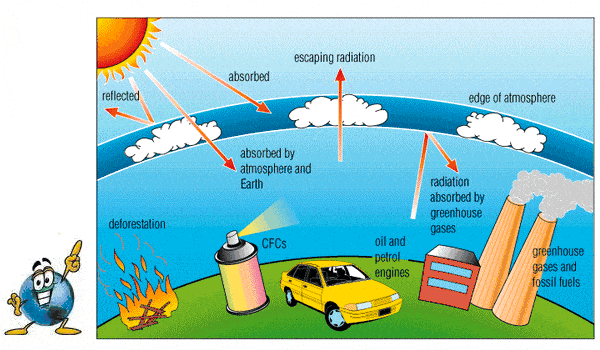
These greenhouse gases exist in the atmosphere for a few years to thousands of years. They help make the planet warmer.
Global Warming
Humans activities are interfering with the balance in the atmosphere. When we burn fossil fuels, more carbon dioxide escapes into our atmosphere. Our increasing needs are increasing the amount of carbon dioxide in the atmosphere. Increasing amounts of greenhouse gases in the atmosphere further warms the Earth.
Like the greenhouse, the plants on Earth play a part in reducing the amount of carbon dioxide in the atmosphere and keeping the earth at a comfortable warmth. The trees, plants, and phytoplankton in the ocean all take in carbon dioxide and let out oxygen. (See the Carbon Cycle to better understand this). The oceans absorbs a lot of excess carbon dioxide from the air. However, increase amounts of carbon dioxide in the ocean can cause the water to get more acidic (called ocean acidification). Acidic water is harmful to the ocean creatures.
Activity: Draw and label a diagram showing human being’s actions that enhance the greenhouse effect.
The Effects of Global Warming
The effects of global warming on the natural environment and ecosystem is far-reaching. It threatens our ability to live. There are visible impacts of global warming, such as: changes in the the timing of seasonal events, sea level rise, and melting arctic sea ice.
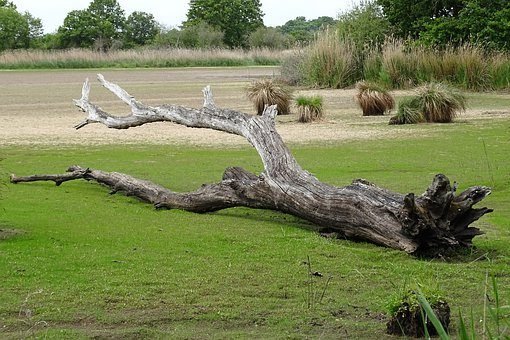
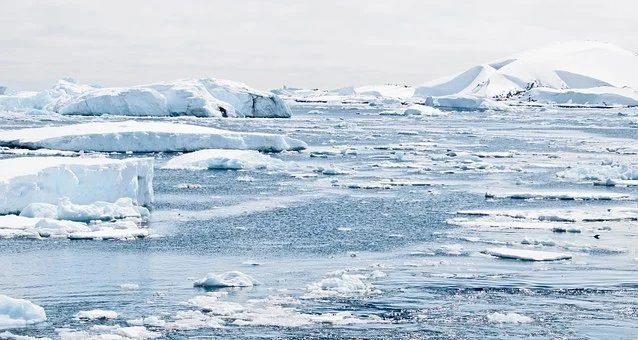
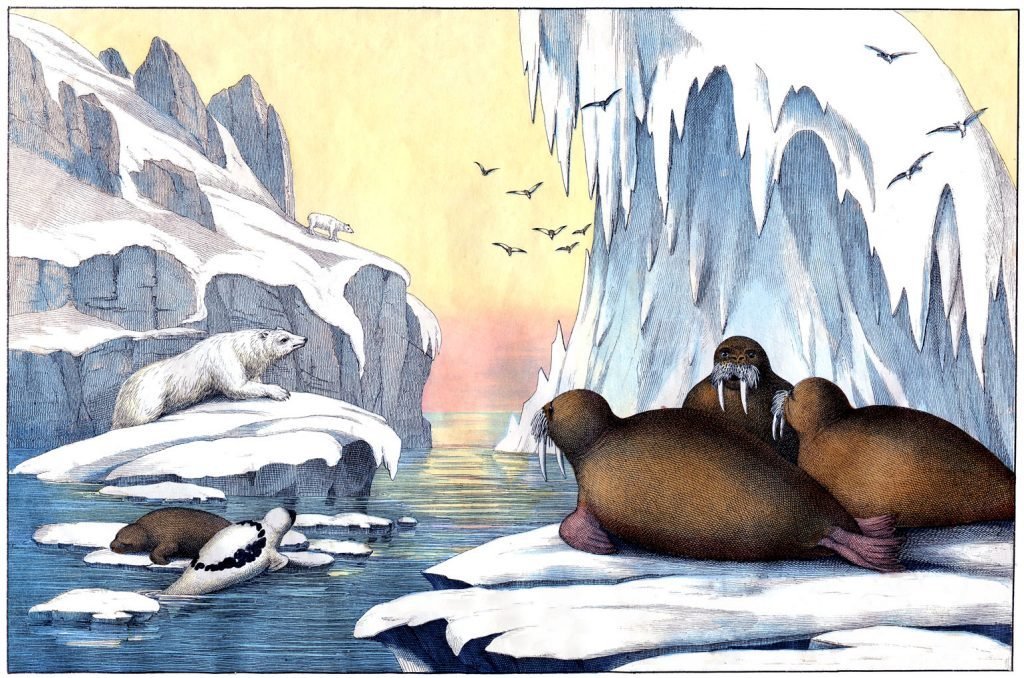
Global warming or climate changes is causing extreme weather conditions (droughts, heat waves, cyclones, blizzards, and rainstorms). This increase precipitation and temperatures.
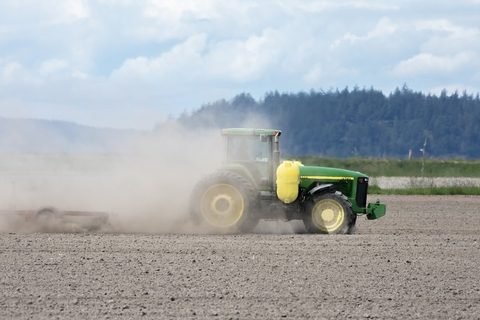


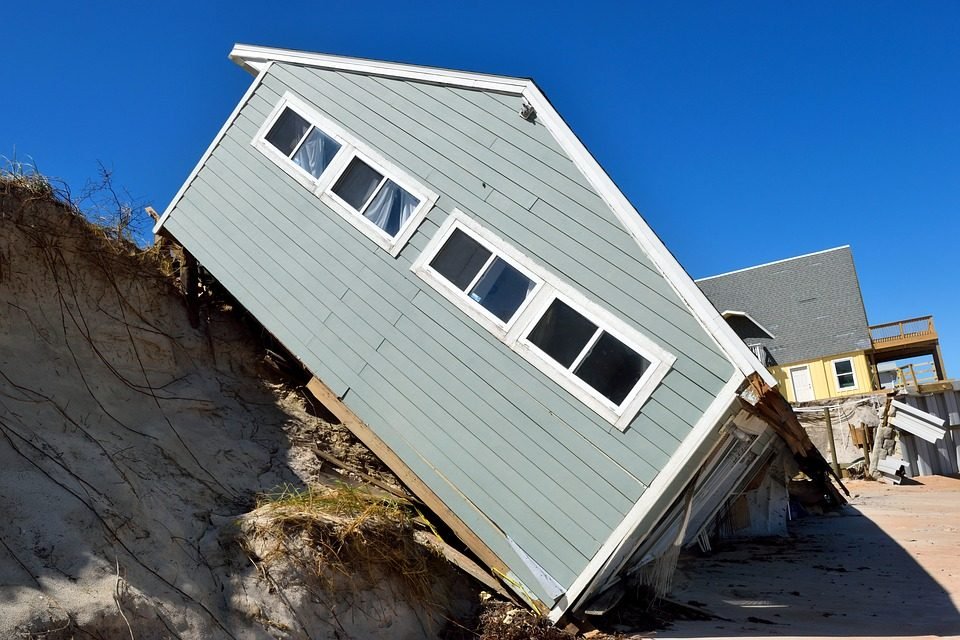

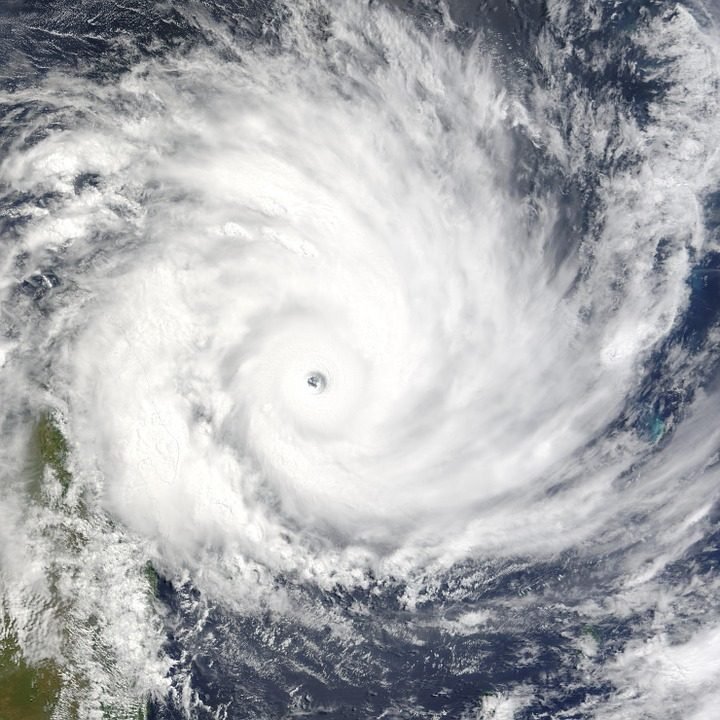
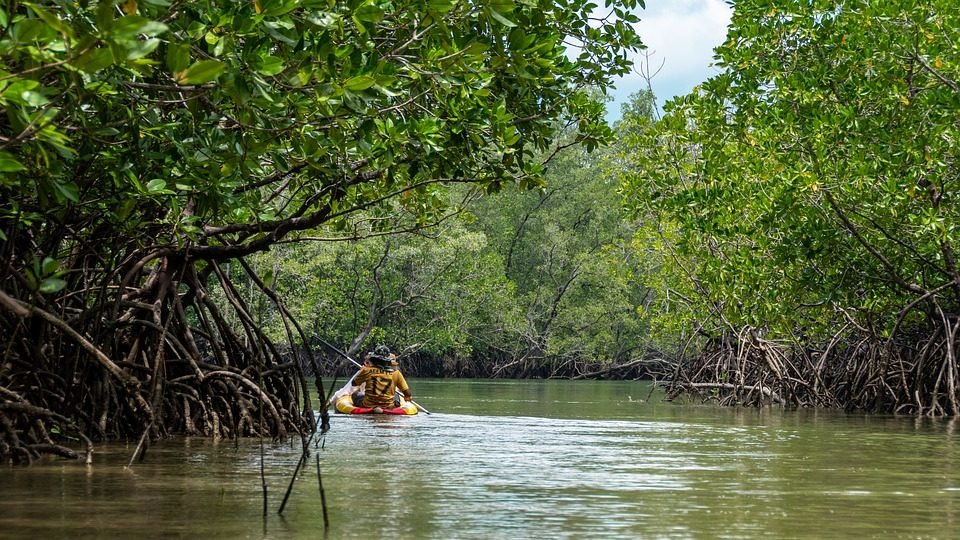
Thus, climate change impacts our food system and our health. It can also cause massive migration. For this reason, we must reduce the production of major greenhouse gases to reduce the effects of global warming.

Strategies for Conserving and Sustaining the Environment
We have notice that is not easy for us to reduce the production of major greenhouse gases in the atmosphere. However, we all must commit to this goal in some way or the other. The following e strategies are more geared towards saving energy resources.

Here are some energy saving strategies.
We can:
- Use resources responsibly. We can reduce, reuse and recycle various materials.
- Develop natural ways of doing things, such as drying clothes in sunlight.
- Use alternative transportation, such as cycling, walking, and carpooling to get around.
- Create environmental protection agencies to act as watch dogs and and hold polluters accountable for their actions. They will also help us find ways to reduce, reuse and recycle various materials.
Here are some information to consider:
- There are reports that predict global average temperature to rise by 1.4 to 5.8°C over the period to 2100.
- Precipitation to increase by 5 – 20% in annual average rainfall.
- Sea levels to rise by 0.09 to 0.88 m.
- That their will more likely be extreme events of droughts and severe storms.
Most experts believe that these changes in the climate system is more likely if climate change is not stabilized. These major changes will impact biodiversity and the ecosystem. It could also impact economic activities and human health and welfare.
Activity: Develop an idea on how you can help conserve the environment.



